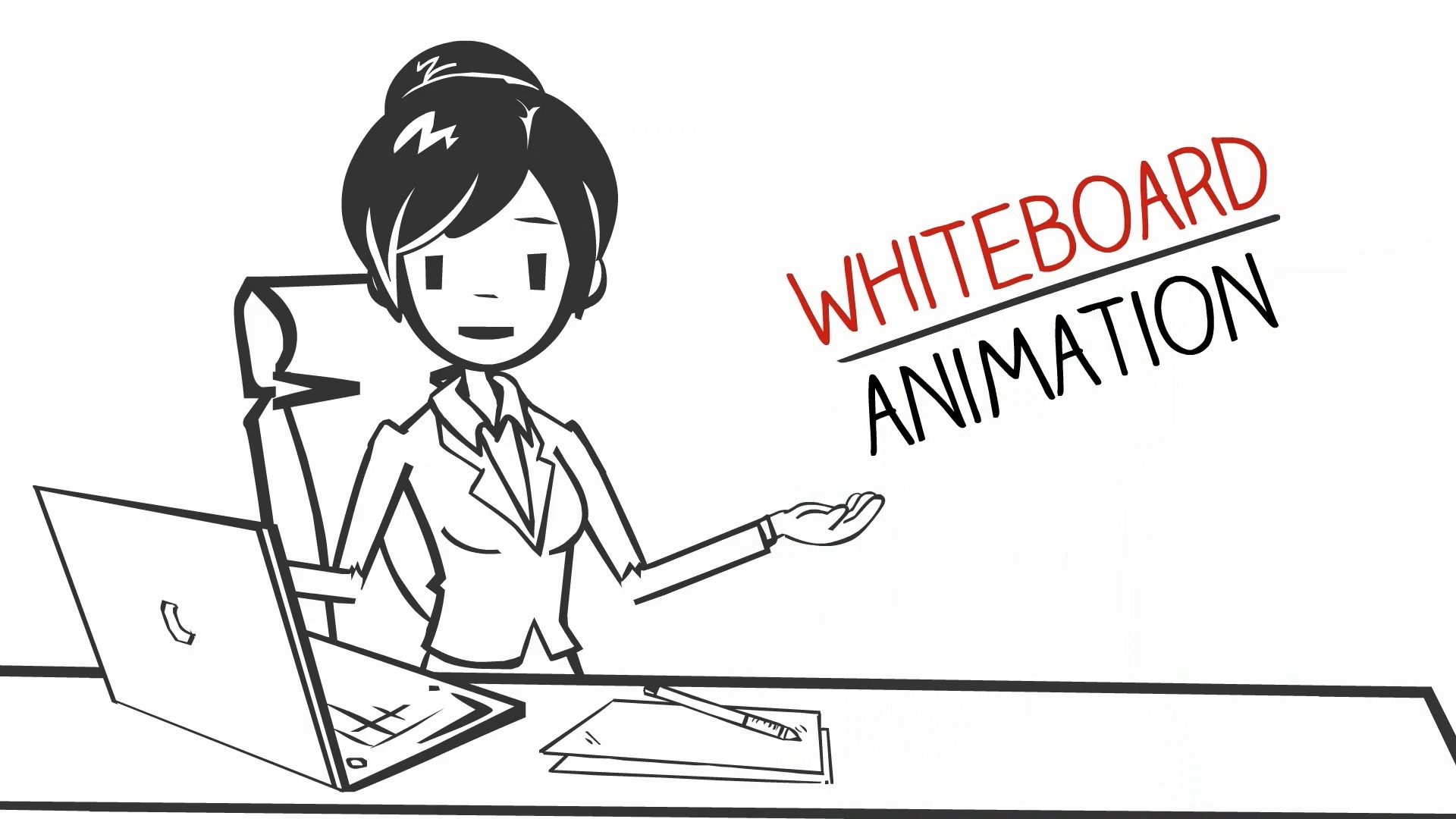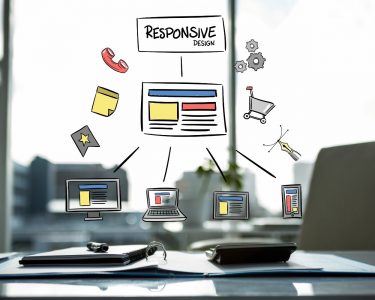Whiteboard animation has become a very powerful instrument in the healthcare sector in recent years, transforming the way doctors interact with patients and the public. Whiteboard animation services have shown to be a successful way to communicate complicated medical information, encourage health literacy, and enhance patient outcomes through captivating images and clear explanations.
If you want to know more about whiteboard animation in the healthcare industry, make sure to read this blog post till the end. Alright so let’s not wait any longer and jump right into it!
What Is Whiteboard Animation?
Whiteboard animation is a captivating video technique that simulates the process of drawing on a whiteboard or a similar surface. It typically involves an artist creating illustrations in real-time, accompanied by a voiceover narration or music to convey a message or tell a story. The animations are often presented in a time-lapse format, giving the impression of drawings magically coming to life.
One of the key features of whiteboard animation is its simplicity and versatility. It can be used to explain complex concepts, educate audiences, advertise products or services, or simply entertain viewers. By combining visuals, audio, and narrative, whiteboard animation engages audiences in a dynamic and memorable way, making it an effective tool for communication in various fields such as education, marketing, training, and more.
The Power of Visual Communication in Healthcare
Effective communication is fundamental in healthcare, yet conveying medical information in a clear and understandable manner can be challenging. Many patients struggle to comprehend complex medical jargon and procedures, leading to misunderstandings, non-compliance with treatment plans, and ultimately, poorer health outcomes.
This is where whiteboard animation shines. By breaking down complex medical concepts into bite-sized visual chunks, whiteboard animation bridges the gap between medical professionals and patients, making information more accessible and engaging. Through dynamic illustrations, animated characters, and narrative storytelling, whiteboard animation grabs the viewer’s attention and delivers key messages in a memorable way.
Applications of Whiteboard Animation in Healthcare
1. Patient Education:
Whiteboard animation videos are commonly used to educate patients about medical conditions, treatments, and preventive care measures. For example, a video explaining the risk factors and symptoms of diabetes can help patients better understand their condition and take proactive steps to manage it.
2. Informed Consent:
Before undergoing medical procedures or treatments, patients must provide informed consent, indicating that they understand the risks, benefits, and alternatives. Whiteboard animation can play a crucial role in this process by presenting information in a clear and comprehensive manner, empowering patients to make informed decisions about their healthcare.
3. Health Promotion:
Whiteboard animation is also valuable for promoting healthy behaviors and lifestyle changes. Videos on topics such as smoking cessation, healthy eating, and physical activity can inspire and motivate viewers to adopt healthier habits, leading to improved overall health and well-being.
4. Medication Adherence:
Non-compliance with medication regimens is a common issue in healthcare, leading to suboptimal treatment outcomes and increased healthcare costs. Whiteboard animation videos can help patients understand the importance of adhering to their prescribed medication . As well as provide practical tips for managing medication schedules and side effects.
5. Disease Management:
Managing chronic diseases requires ongoing education and support. Whiteboard animation can be used to explain disease processes, treatment options, and self-care strategies, empowering patients to take an active role in managing their health.
Case Studies: Whiteboard Animation Success Stories in Healthcare
Case Study 1: Diabetes Education Program
A healthcare organization launched a whiteboard animation series aimed at educating patients with diabetes about the importance of blood sugar monitoring, medication adherence, and lifestyle modifications. The videos were incorporated into patient education materials, group classes, and online resources. As a result, patients reported greater confidence in managing their diabetes and demonstrated improvements in blood sugar control.
Case Study 2: Surgical Consent Process
A hospital implemented a whiteboard animation video as part of the surgical consent process for patients undergoing elective procedures. The video explained the surgical procedure, potential risks, and post-operative care instructions in a visual and easy-to-understand format. Patient satisfaction scores related to the consent process increased, and patients reported feeling more informed and prepared for their surgeries.
Future Directions and Challenges
While whiteboard animation holds great promise in healthcare communication, there are still challenges to overcome. These include ensuring cultural sensitivity and accessibility for diverse populations. Maintaining accuracy and relevance in medical content, and navigating regulatory requirements related to patient education materials.
Looking ahead, advancements in technology and animation techniques are likely to further enhance the effectiveness and versatility of whiteboard animation in healthcare. Additionally, continued collaboration between medical professionals, animators, and educators will be essential for developing. Innovative and impactful communication strategies that benefit patients and healthcare providers alike.
Conclusion
A useful tool in the healthcare sector, whiteboard animation provides a unique approach in making things effective. Whiteboard animation has a significant potential to influence patient-centered care in the future as the field of healthcare communication develops.






